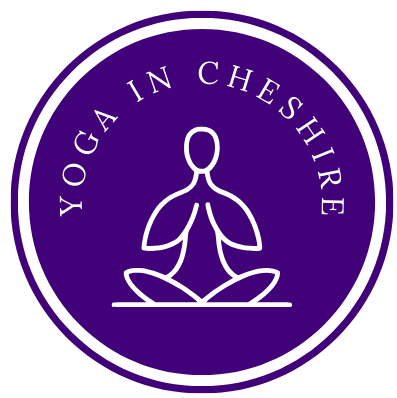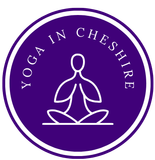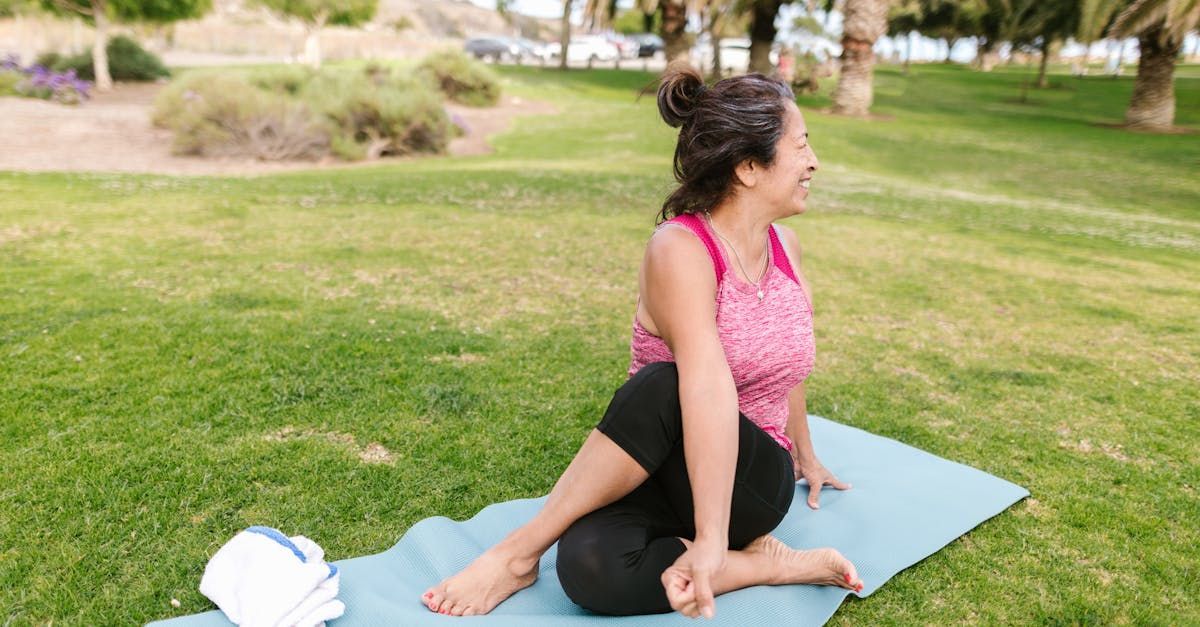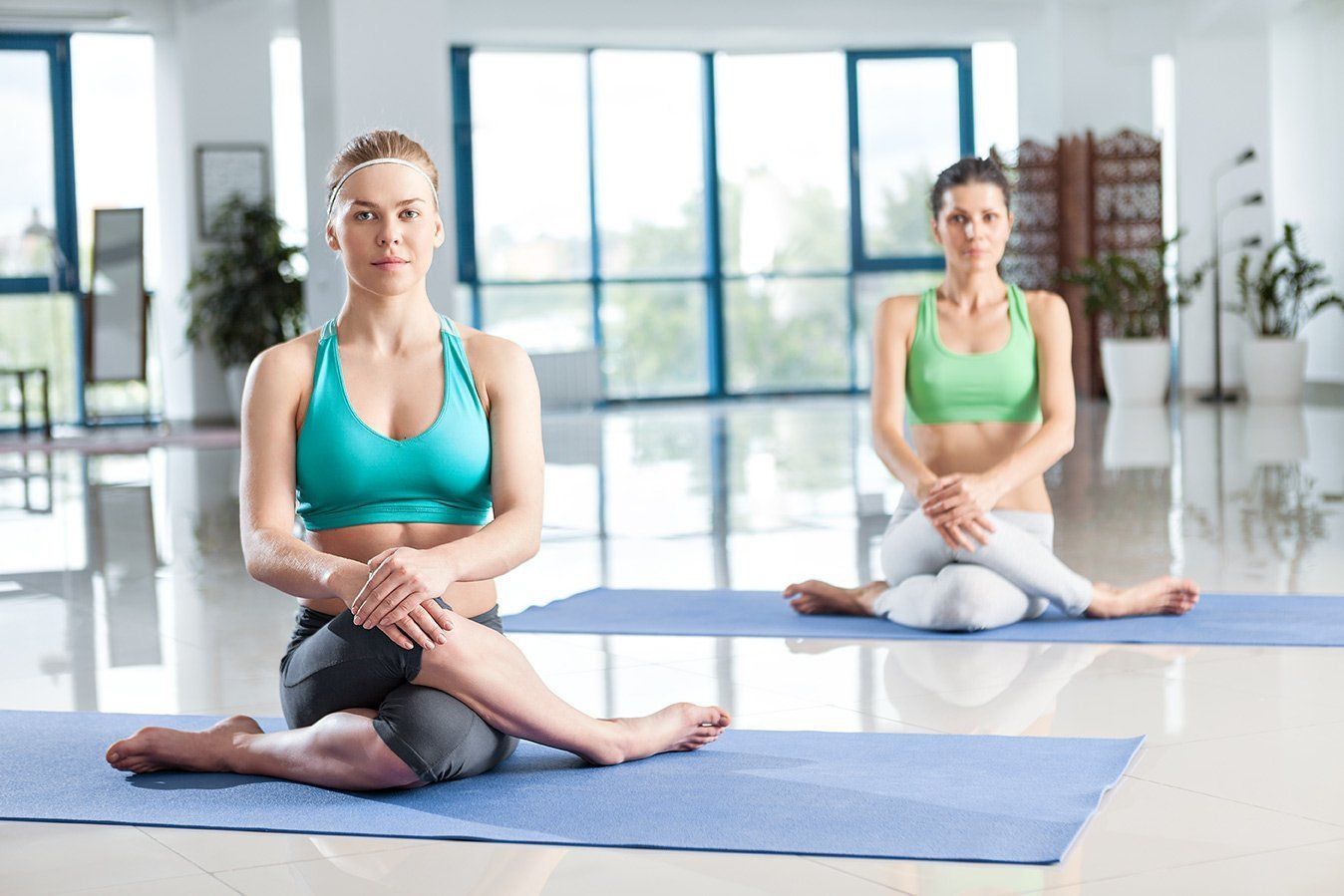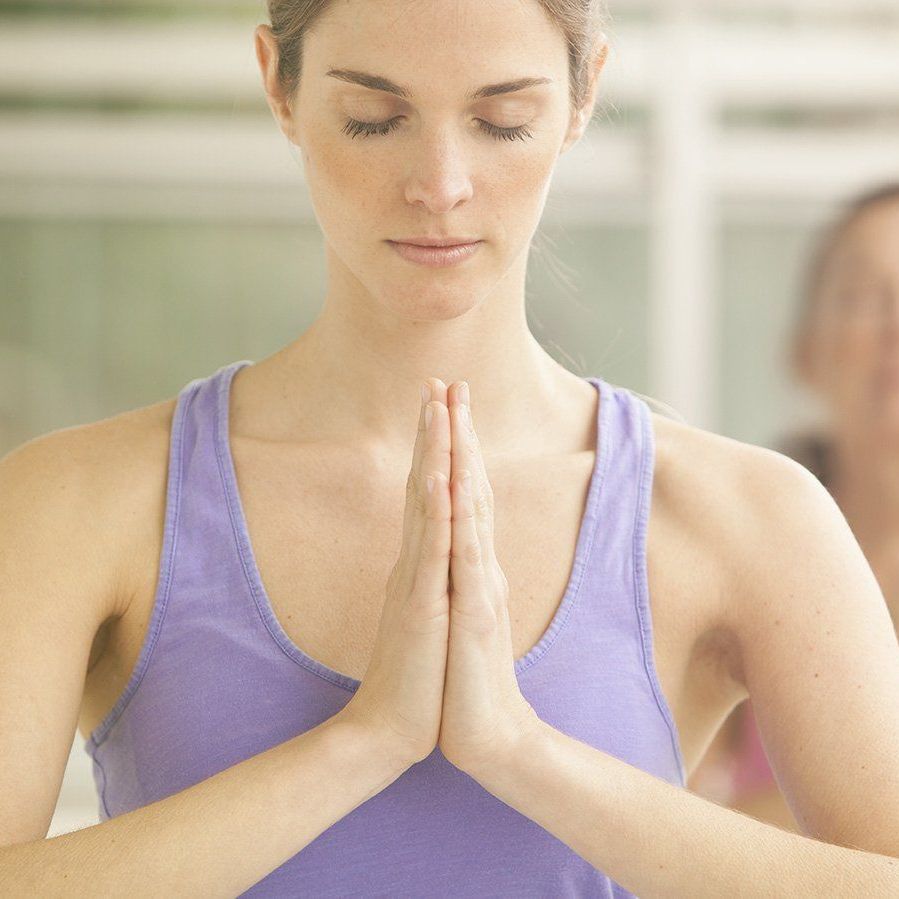
Hi, I'm Ali
Owner of Yoga in Cheshire
Building strength and flexibility, reducing stress and tuning into the cycles of nature to help us deal with life OFF the mat, are what our classes offer
Allow yoga to help you to improve the way you feel and provide you with a practice and understanding that will allow you to adapt better to the demands of modern society.
The biggest gift that Yoga has given me is how to cope when life gets tough OFF the mat!
Making ancient philosophy relevant to modern living.
I have been teaching Yoga for more than 10 years and practising for more than 30! Having spent 20 years as a Marketing Director for a large corporate organisation, as well as going through many challenging personal situations, i am well placed to understand the stresses of modern day life and offer an antedote through Yoga.
What's on today
We offer lunchtime and evening classes, please see the timetable page. for details of classes both online & in person.
Sign up to our newsletter for monthly updates and special events.
Yoga Classes & Teachers
Yoga classes are available throughout Cheshire. We cover areas from Manchester to Liverpool for corporate and private clients. Group classes take place across Warrington, Runcorn and Frodsham
Classes are open to both beginners and experienced students of all ages. See the ‘Yoga classes’ page for details of different classes.
The team at Yoga in Cheshire are all experienced Yoga teachers and therapists.
All yoga teachers are British Wheel of Yoga qualified, fully insured and with up to date First Aid
Individual Yoga Tuition
Individual yoga tuition is for those unable to attend classes. Your class can be at your home or work, for just yourself or include your friends. Maintain a regular practice and adapt the yoga for you! Maybe you just don’t know where to start & want some guidance before attending group classes or you just prefer more individually focused tuition.
Corporate Yoga
We deliver workplace wellbeing programs including Yoga, meditation and mindfulness. Working with occupation health departments we can aid in back to work facilitation through Yoga Therapy as well as general wellbeing.
The Benefits of Yoga
Yoga can benefit everyone, whatever their age, ability or experience.
Correctly taught and practiced yoga is completely safe, yet as challenging as you want it to be. It brings many benefits physically and mentally and is a great way to help people deal with the stresses and strains of everyday life.
The postures within the physical practice are unique, in that no areas of the body are omitted from being used, including fingers, toes, eyes and internal muscles. A fully rounded practice will develop long lean muscles, which have stamina and strength, and healthy digestive and reproductive organs.
Many postures use a combination of the breath and the body’s own weight and awareness to develop strength in both the body and in the mind.
Flowing sequences working with the breath develop flexibility and fluidity, which help to keep the whole body healthy and improve alignment. Attention to detail and inner focus helps develop body awareness in postures and quieten the mind, this is then taken into day-to-day life
It is able to
- Improve and Correct Posture
- Align the spine and ease or prevent back problems
- Improve fitness and energy levels
- Improve blood circulation
- De-toxify the body
- Relieve the symptoms of stress and a
- Boost self-esteem and confidence
- Improve overall health and resistance to illness
- Increase muscle tone
- Correct imbalance and instability in the body
Yoga is commonly seen as a form of exercise that stretches the muscles, however it is far more than this….
Yoga is about transformation, not just hamstrings, but along the way we have to take care of them!
Remember
‘No farmer has ever hoed a field by turning it over in their mind.’
So to experience the benefits of yoga you need to try it!
Change Your Life
Genuine, traditional yoga will change your life, your habits, your body, your health, your mind, your breathing patterns, your attitudes, and your outlook. It is about learning from direct experience. You will develop understanding of how your body works most efficiently. You will learn how your conscious and unconscious mind can either support or harm you and how to quieten the conversations we have with ourselves.
More than postural alignment and breathing
It is a spiritual practice or discipline that helps the individual unify his/her body, mind, and heart. It is a direct experience of the vast interrelatedness of all life and of all things. You will feel at peace at the end of a class because there is a natural realignment of your body, which leads to a natural realignment of your perception of life and of who you are.
Benefits come to those who practice
Through steady practice, you will manifest less self-importance, less material attachment, more capacity for joy, and more tolerance toward others. If you stay with your practice long enough, you may find you change, becoming kinder and more accepting to yourself and the world around you. This flexibility of mind occurs alongside the flexibility of body more commonly associated with yoga! There is no competition on the mat as everyone is different. Practicing yoga with a properly trained teacher at Yoga in Cheshire will give you a feeling of energy, renewal and well being and over time the ability to feel in control of yourself.
Special Offers
One class a week - £40/five week block
Two classes a week - £60/five week block
£55/month unlimited classes
Drop-in options are available
"More yoga means a more comfortable life"
